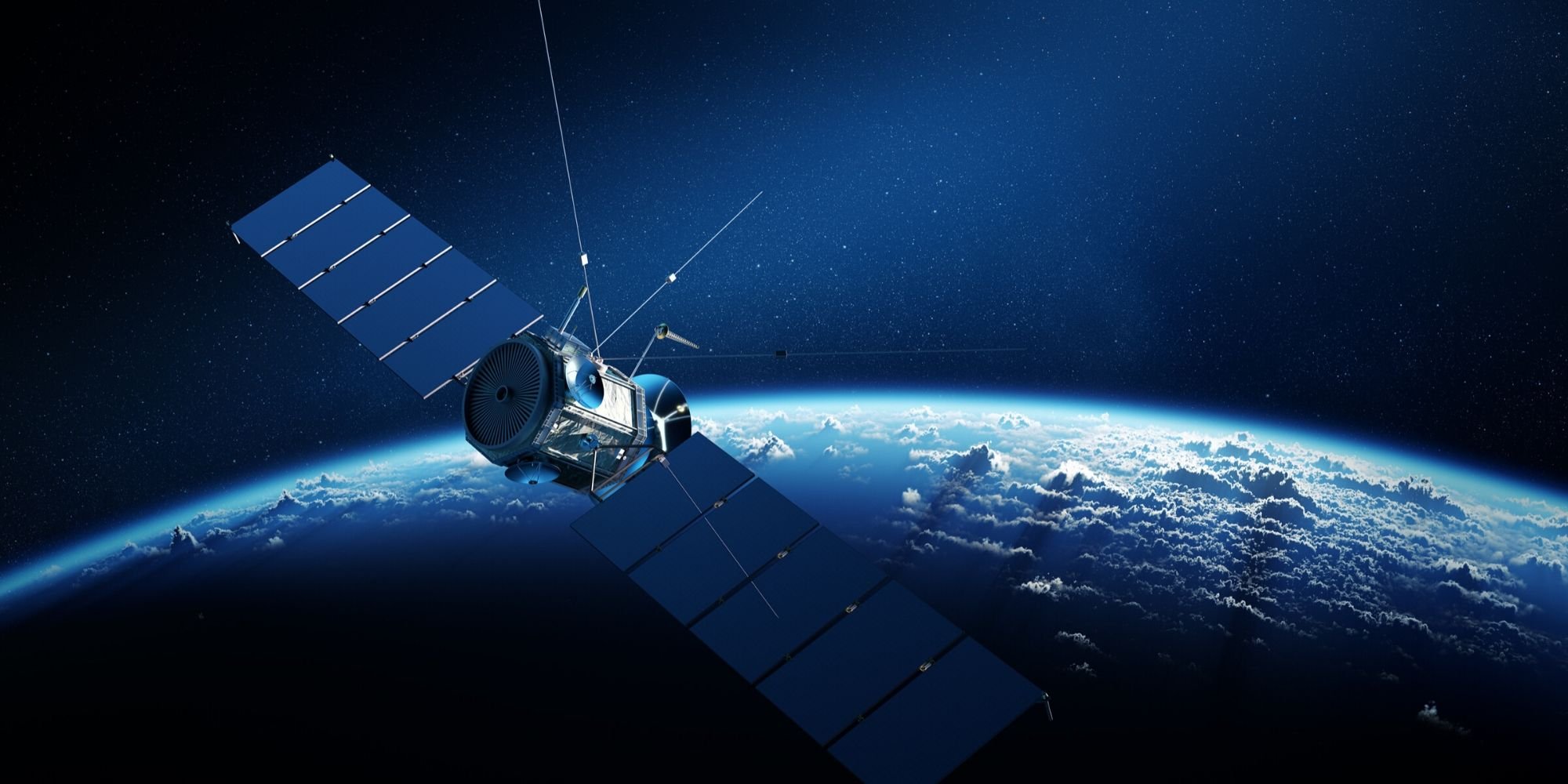
-1.png?width=700&name=ARIETIS%20(REAL)-1.png)
ARIETIS is an ITAR free, space qualified, rad-hard 3-axis gyroscope. Its main application is as a primary gyro (IRU) or as a coarse rate sensor in Low Earth Orbit (LEO), Medium Earth Orbit (MEO), Geostationary Orbit (GEO), telecom, earth observation and scientific missions. It uses class 1 EEE components and is developed and qualified as per European Space Agency standards (ECSS). ARIETIS has already been selected in multiple missions, notably PLATO, LSTM and ARIEL.
ARIETIS is an innovative 3-Axis Rad-Hard Gyro unit and the only gyroscope system using a European Field-Programmable Gate Array (FPGA) technology. With its High-Reliability class 1 components, ARIETIS is a high-performance, high-reliability, ITAR-free non-redundant 3-axis Gyros Unit, providing inertial angle increments measurement and rotations rates about three orthogonal axes. ARIETIS is developed and qualified as per ESA standard (ECSS) and is also designed to have a long life duration (15+ years).
.png)
.jpg?width=1000&name=Copy%20of%20Untitled%20(3).jpg)
ESA's Science Mission ARIEL (Atmospheric Remote-Sensing Infrared Exoplanet Large-survey), a space observatory which will observe transits of nearby exoplanets to determine their chemical composition and physical conditions. Photo by ARIEL Space Mission.
Additional product specifications, outline drawings and block diagrams, and test data are available on request.
|
Performance Parameters
|
Values
|
| Measurement Range |
[-3°/s; +3°/s] fine mode [-48°/s; +48°/s] coarse mode |
| Switch-on response time | ≤ 6s |
| ARW | ≤ 0.005°/√hr |
| In-run bias stability | ≤ 0.1°/hr |
| Bias Stability over 24hr (steady temperature) | ≤ 1.5°/hr (1σ) |
| Bias stability over 1hr (steady temperature) | ≤ 0.3°/hr (1σ) |
| Bias errors (over temperature range, ground, BOL) | ≤ 5°/hr (3σ) |
| Scale Factor repeatability errors (all effects, EOL) | ≤ 3000ppm (3σ) |
| Performance Parameters | Value |
| EEE Components | Hi-Rel class 1 EEE qualified to 50krad TID / 60MeV SEE |
| Output | Angle increments |
|
Data Interface |
RS422 Optional analogue output Ground stimulus |
| Reliability | ≤ 500 FIT at 30°C |
| Mass |
~3 kg |
| Power Consumption | 8W |
| Power Interface |
28V (regulated or unregulated) redundant. Power on and power off command |
| In-orbit calibration functionalities | Yes |
| Temperature range | Qualified to a temperature range of -30°C to +60°C |
| Vibration profiles during launch | 26.2 grms |
| Lifetime | up to 6 years on ground and 16 years in flight |
-Geostationary Earth Orbit (GEO)
-Low Earth Orbit (LEO)
-Medium Earth Orbit (MEO)
-Telecommunication Satellites
-Exploration Missions
-Longlife Missions
.jpg?width=830&name=Copy%20of%20Untitled%20(2).jpg)
Photo by European Space Agency.
In December 2016, InnaLabs® won its first contract with the European Space Agency (ESA) to develop ARIETIS, a 3-axis Rad-Hard Rate Measurement Unit for science and space exploration. However, this development also finds applications in the global commercial space market, including GEO, Telecom and Navigation platforms. In particular, ARIETIS is to be used in ESA's third medium-class mission called PLAnetary Transits and Oscillations of stars (PLATO). Its purpose is to discover and investigate a large number of extrasolar planetary systems, with emphasis on the properties of terrestrial planets in the habitable zone around solar-like stars. PLATO has also been designed to investigate seismic activity in stars, enabling the precise characterisation of the planet's host star, including its age.
Additionally, InnaLabs® is currently negotiating with a number of Space Primes for ARIETIS to be used on a variety of missions, including Science, Earth Observation, Telecom, as well as Navigation platforms. First contracts were signed in 2021, with flight models being shipped in 2023.
Browse our library of inertial sensor literature papers for an in-depth view of our space sensors.
InnaLabs® have the technology and resources to provide custom solutions to meet your project needs, with excellent pre and post-sale customer support.
InnaLabs® dedicated and experienced engineers are committed to customer satisfaction by providing innovative technology, quality products, and custom solutions to meet your project needs. More questions? Evaluations and low volume deliveries are available quickly and our sales team are waiting to hear from you.
InnaLabs® offers a range of gyroscopes, accelerometers and systems based on the same design and production processes.